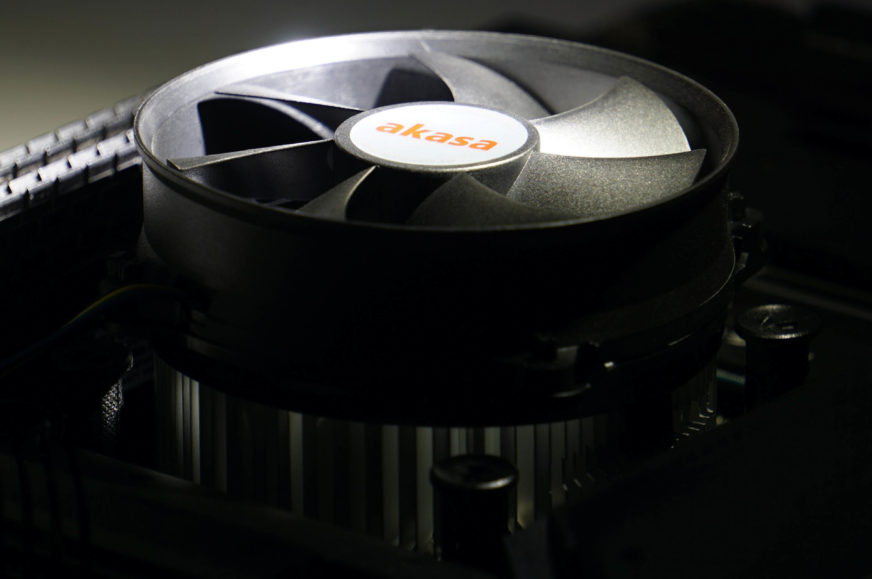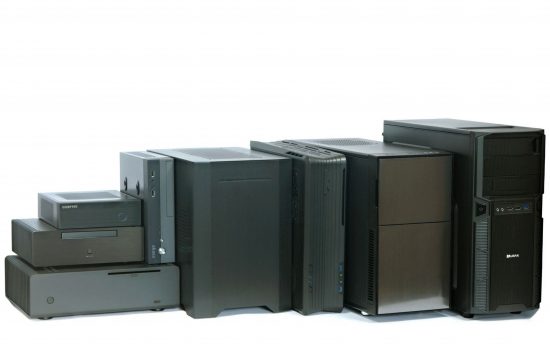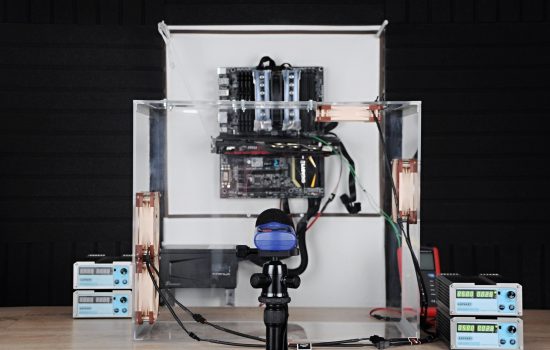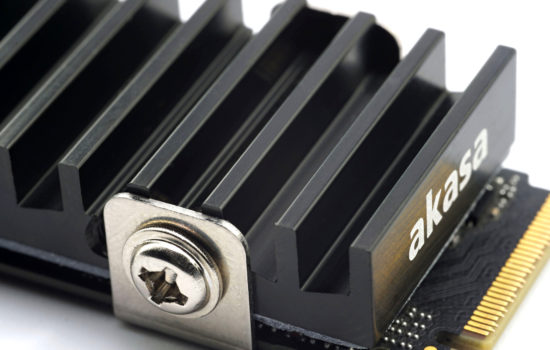Conclusion
Akasa has been working for a long time on small and simple coolers to serve as a low-cost replacement for bundled solutions. This company was among the first to come out with support for Intel LGA 1700 and even with more options. In this test, we’ll be checking out the AK-CC6603EP01 mid-range model, which takes on not only the competing Arctic Alpine CO, but also both Intel Laminar coolers (RM1 and RS1).
Conclusion
At optimal fan settings, the available cooling power for the CPU is between that of the middle (RM1) and lowest (RS1) Intel Laminar coolers. We’ll get to what the optimal fan setting is in a moment. First, let’s define how a fan shouldn’t be set – and that’s at very high speed.
At maximum, the Akasa cooler is really noisy, almost 10 dBA noisier than the high-speed variant (CO) of the Arctic Alpine 17 cooler. Meanwhile, the CPU cooling is still weaker, even compared to both Intel Laminar coolers. However, after reducing the speed to half (5.52 V, i.e. 45 dBA mode), the Akasa cooler keeps the CPU cores at lower temperatures.
In terms of heat load intensity, the same applies as for all small coolers of similar design – if you want to cool at lower speeds and lower noise, you need to limit the CPU power draw to the TDP level (65 W). The Akasa cooler can handle thirty watts more, power-unlimited Core i5-12400 with an all-core boost to 4 GHz, but it won’t be quiet anymore.
The biggest advantage of the Akasa cooler (AK-CC6603EP01) over competing models is more efficient cooling of the power delivery. And even at very low speeds, where based on the CPU cooling results you would have chosen a different cooler already. But while give or take one degree Celsius on the CPU has virtually no effect on anything, significantly better cooling of the voltage regulators is useful. Especially on cheap boards without VRM coolers. This class of coolers is designed for such builds (with Intel H610 boards) after all.
In terms of CPU cooling, while the results are fairly even compared to the Laminar RS1, it’s the Akasa cooler that does more of the blowing around the essentiall power delivery components. That even compared to the Arctic Alpine 17 (CO). The biggest drawback of the Akasa AK-CC6603EP01 is the whirring fan motor, the sound of which will disturb you more than on other coolers.
English translation and edit by Jozef Dudáš
| Akasa AK-CC6603EP01 |
| + Low price |
| + Decent replacement for Laminar RM1 and RS1 box coolers |
| + More efficient than Intel Laminar RS1 (from Celeron and Pentium) at medium speeds |
| + More efficient VRM cooling than competing top-flow coolers |
| + Quick and easy installation |
| + Fan with standardized mounting, so you can easily replace it if needed |
| - Always falls behind the Intel Laminar RM1 (from Core i3-Core i7) in CPU cooling |
| - Whirring fan |
| Approximate retail price: 12 EUR |
- Contents
- Akasa AK-CC6603EP01 in detail
- Results: Maximum performance
- Results: Higher performance (45 dBA)
- Results: Medium performance (42 dBA)
- Results: Lower noise level (39 dBA)
- Results: Low noise level (36 dBA)
- Results: Very low noise level (33 dBA)
- Results: Audibility threshold (31 dBA)
- Conclusion












